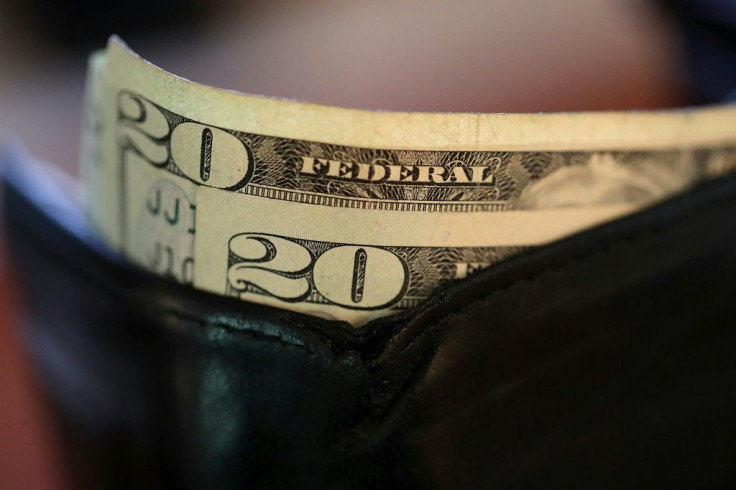American Incomes Surge In January Due To Pandemic Aid
An injection of pandemic aid filled Americans' wallets last month, though spending rose modestly, according to government data released Friday, giving a boost to the economy as it claws its way back from recession.
A key inflation measure in the data showed prices also are starting to bounce back from the depths of the crisis, which could add to investor's fears about rising borrowing costs amid the recovery.
The $900 billion Covid-19 stimulus package approved in late December sent $600 checks to nearly all US workers and extended extra unemployment payments for those who lost their jobs.
As the checks started to roll in, personal incomes surged by 10 percent -- the second biggest increase on record since the start of this data report began in 1959 -- the Commerce Department said.
"The increase in personal income in January was more than accounted for by an increase in government social benefits to persons as payments were made to individuals from federal COVID-19 pandemic response programs," the report said.
"Unemployment insurance also increased, reflecting an increase in pandemic unemployment compensation."
Spending -- personal consumption expenditures (PCE) -- rose 2.4 percent from December, rebounding after two months of declines to post a gain of $340.9 billion.
While the report said the increases "were widespread across all categories, led by recreational goods and vehicles," spending on services, which includes travel, are 7.0 percent below January 2020.
Economists said the data bode well for GDP growth in the first quarter and beyond as consumers will have savings to continue to make purchases, especially on services like travel and restaurants, especially as Congress moves towards approving President Joe Biden's $1.9 trillion rescue package.
"The 10 percent surge in personal income was used wisely with some funds ending up in the piggy bank, some used to pay off debt, and a decent chunk used to restock, refuel, redesign, and revive old spending habits," Gregory Daco of Oxford Economics said in an analysis.

"We foresee the cocktail of generous fiscal stimulus from the American Rescue Plan and improving health conditions will fuel a burst in consumer spending," and pushing US growth above 7.0 percent this year, he said.
But as spending makes a comeback, prices could come roaring back after being depressed amid the pandemic shutdowns last year. That worry has ignited a spike in depressed yields on the 10-year Treasury note, a red flag for investors who fear the Federal Reserve will be forced to raise the benchmark interest rate.
The Fed's preferred inflation measure, the PCE price index, increased 0.3 percent in the month and was 1.5 percent higher than January 2020, according to the report -- still well below the Fed's 2.0 percent target.
Despite repeated assurances -- including from Fed Chair Jerome Powell this week -- that a spike in inflation in coming months will be temporary and the central bank will keep rates low for the foreseeable future, inflation fears hit US and global stock markets this week.
"Any flare in inflation we see tied to the surge in demand from an easing in social distancing would have to show up as a sustained acceleration in wages to be persistent," Grant Thornton economist Diane Swonk said.
"That has not happened in four decades, which is why the Fed is skeptical it will happen today."
hs/dw






